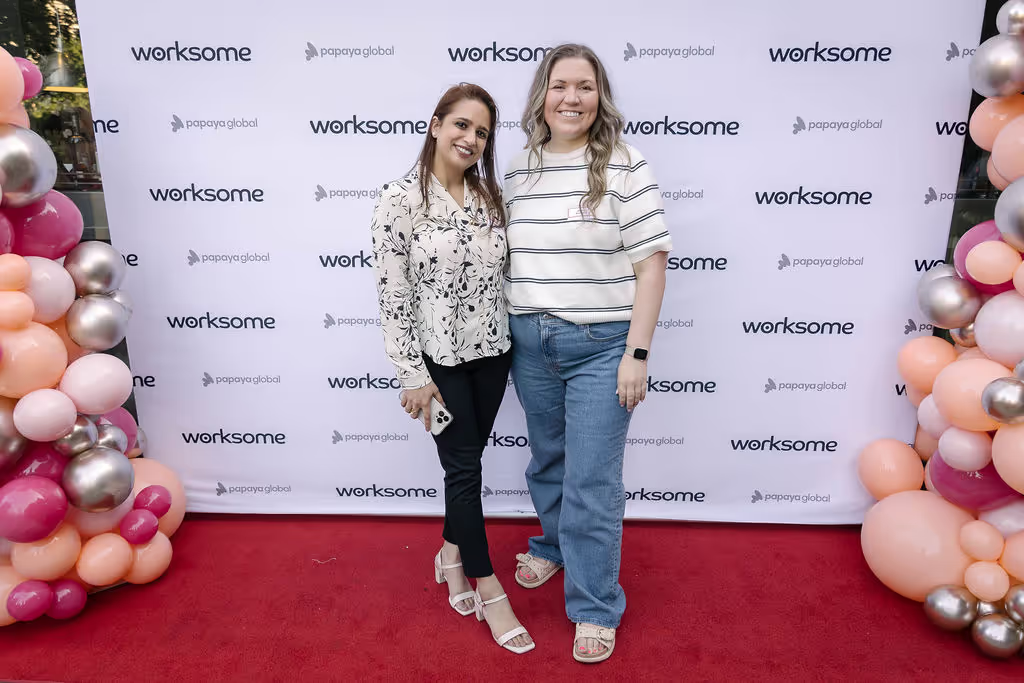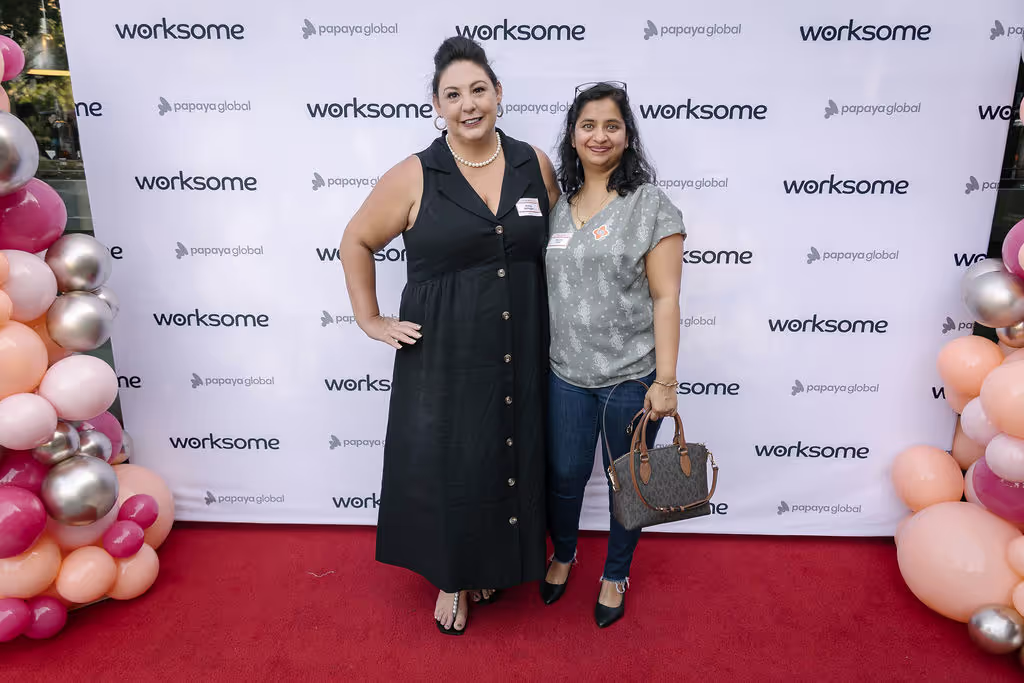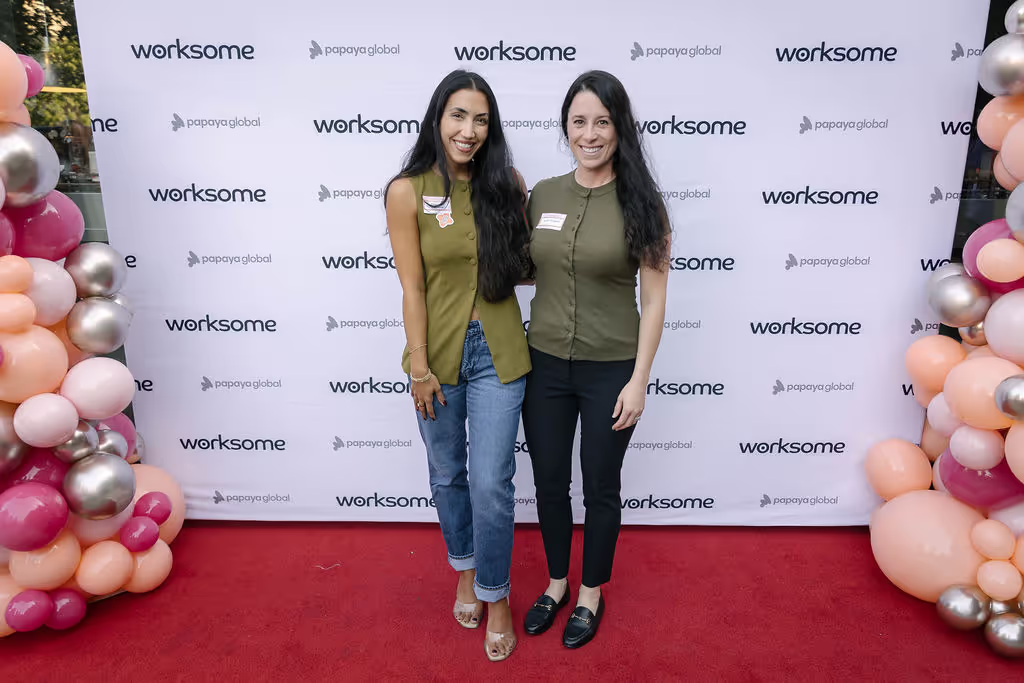What does your organization need to survive in today's market?
The short answer is an agile work environment. And when you think about resources, like labor, you must incorporate agile working holistically.
A report by McKinsey goes as far as to state that you need to be agile at work to survive and thrive in today's global business market. Because technological developments are disrupting every area of business, and as an executive, it behooves you to adapt to technological innovations and be able to change directions at the drop of a dime. Exhibiting agility and adaptability also helps you stay competitive, and hiring freelancers can be an essential part of that strategy.
Why organizations should take a holistic approach to integrating agile talent
The most common misconception about agile working is that it's only a phenomenon of the IT department. However, according to research by the Harvard Business Review, most managers believe their organizations already practice agility. Indeed, if you're a chief information officer, you've most likely adopted agile practices and abandoned the old waterfall methods. However, according to the Harvard Business Review study, if you're a human resources leader or a corporate procurement executive, there's a fair chance you haven't.
There's little mention of "agile in HR" or "agile in procurement."
The McKinsey report states that agility is not just an IT phenomenon; every aspect of an organization needs to be agile to survive in today's ever-changing business environment. And there's a fair chance you're stuck in an old paradigm.
Let's take a look at corporate procurement.
It is not merely a cost-cutting mechanism; procurement is a vital tool for agility. Instead of focusing on the most cost-effective way to save money using outdated machines and old technology, think of an agile way where there are innovations you can tap into that cut costs over time, make you more efficient, and increase productivity.
When you're sourcing a programmer for a time-specific software project, instead of spending money on a lengthy hiring process for a full-time employee, why not tap into the liquid workforce and hire a specialized freelancer to take care of the job? You'd be taking an agile working approach to source a vital resource.
There's plenty of qualified fish in the sea, you might say.
The industrial paradigm: Organizations managed like machines
In the old industrial paradigm, managing a business was equivalent to running a machine. The creator of this thinking was Henry Ford, a revolutionary of his time and a true pioneering entrepreneur. Ford was one of many small car manufacturers in 1910, but a decade later, Ford Motors held a 60 percent market share of the car market globally. Ford managed to reduce assembly time per vehicle from 12-hours to 90-minutes and made cars affordable, reducing prices considerably while also paying employees competitive salaries.
Ford's management style optimized labor productivity and kicked off an era of efficiency. Businesses became hierarchical and specialized. For decades, companies adopted this model and ran their businesses like machines, staying focused on being the most efficient.
These goals are no less critical in today's new business paradigm. But managing your business like a machine is ineffective in our modern era with the advent of online tech, and it will make you a laggard in today's world. Today, you need to think of your business as a living, breathing organism in order to implement agile working.
The new paradigm - Organizations managed like living organisms
Technological developments, such as artificial intelligence, machine learning, robotics, big data, and the internet, are now disrupting the old way of business management. It is disrupting industries, economies, and societies at large. McKinsey characterizes these developments with four mega-trends:
A quickly evolving environment
In today's business environment, things can happen faster than you know due to current events, politics, or news. And as a business leader, you have to adapt. If you're a clothing retailer, the time spent from when a collection hits the runway to when it arrives in stores must be minimized, right? Fast fashion manufacturing is of the essence because next week, a different trend might be in demand. This example showcases the need for business adaptability because clients and customers expect microwave results.
The constant introduction of disruptive technology
New technologies are disrupting established businesses, automation is replacing manual labor, and entire industries face the challenge of reinventing themselves. Today's companies have to work with, not against, new technology. And it can feel like a pain to train your teams on learning new tech, but the benefits outweigh it.
"Check out our article, “Worker classification: types of workers and how to manage them,” for more information on how to scale your business using a dynamic workforce. "
Accelerating digitization and democratization of information
The increased volume, transparency, and distribution of information requires organizations to quickly engage in multidimensional communication across online and offline platforms, engage with customers, partners, and colleagues, and handle public scrutiny quickly.
The new war for talent
As creative and learning-based tasks become increasingly important, businesses must clearly define their specific value proposition to acquire talent. The emerging workforce of millennials aren't only driven by economics but are fluid workers driven by purpose who value the flexibility to choose their own lives and jobs.
Think of agility as accessing talented people according to your business's needs on a project-dependent and time-specific basis, allowing you to scale up and down according to your departments' needs.
The trends described above are dramatically changing how businesses and employees work.
According to McKinsey, traditional machine organizations that have tried to fit their old model into the new technological world have failed.
"Fewer than 10 percent of the non-financial S&P 500 companies in 1983 remained in the S&P 500 in 2013." -McKinsey Report
How do you implement agile working in your business?
According to McKinsey, truly agile organizations are stable (resilient, reliable, and efficient) and dynamic (fast, nimble, and adaptive). They are comprised of elements that allow them to adapt rapidly to new opportunities and challenges.
For example, think about a computer with a slick, robust, and durable hardware design. But inside, it carries many dynamic systems and applications - constantly updated and revised according to the newest developments. Businesses should be the same, just like a living organism.
Rita Gunther McGrath, a Columbia Business School professor, conducted a study among 2,300 successful, large US companies that increased their net income by at least 5 percent annually from 1999 to 2009 to see what these companies had in common. They were all rapid innovators, who worked agility into every aspect of their organization, and were able to adjust their resources according to changes in the environment.
Agility pays off considerably in the short and long-term
Research by McKinsey shows that organizations who have implemented agile working, meaning they have integrated agility holistically in the organization, have a 70 percent more chance of being the top performers in organizational health, which is the best indicator of long-term performance. Furthermore, such companies also gain greater customer centricity, faster time-to-market, higher revenue growth, lower costs, and a more engaged workforce.
Accenture researched 1,300 C-suite and senior-level executives in different industries across 16 countries. Its goal was to discover how these companies practiced agility in dimensions like strategy, organization, marketing, operations, and finance. They found that while business leaders recognized the need for agile, there was a gap between awareness and taking action towards integration.
According to McKinsey, a critical prerequisite for sustaining real change is implementing the behavioral norms required for a successful transformation. It is not a matter of making artistic, cultural statements or listing company values but of instilling the correct behavior for "how we do things around here" as you fluidly hire freelancers or adopt new tech. The clearer and more widely adopted these sorts of agile behaviors become, the easier it will be to adapt structures, governance, and processes in pursuit of being agile - the key to thriving in today's digital world.
Sign up for a free demonstration showing you exactly how Worksome can help you remain agile.



































